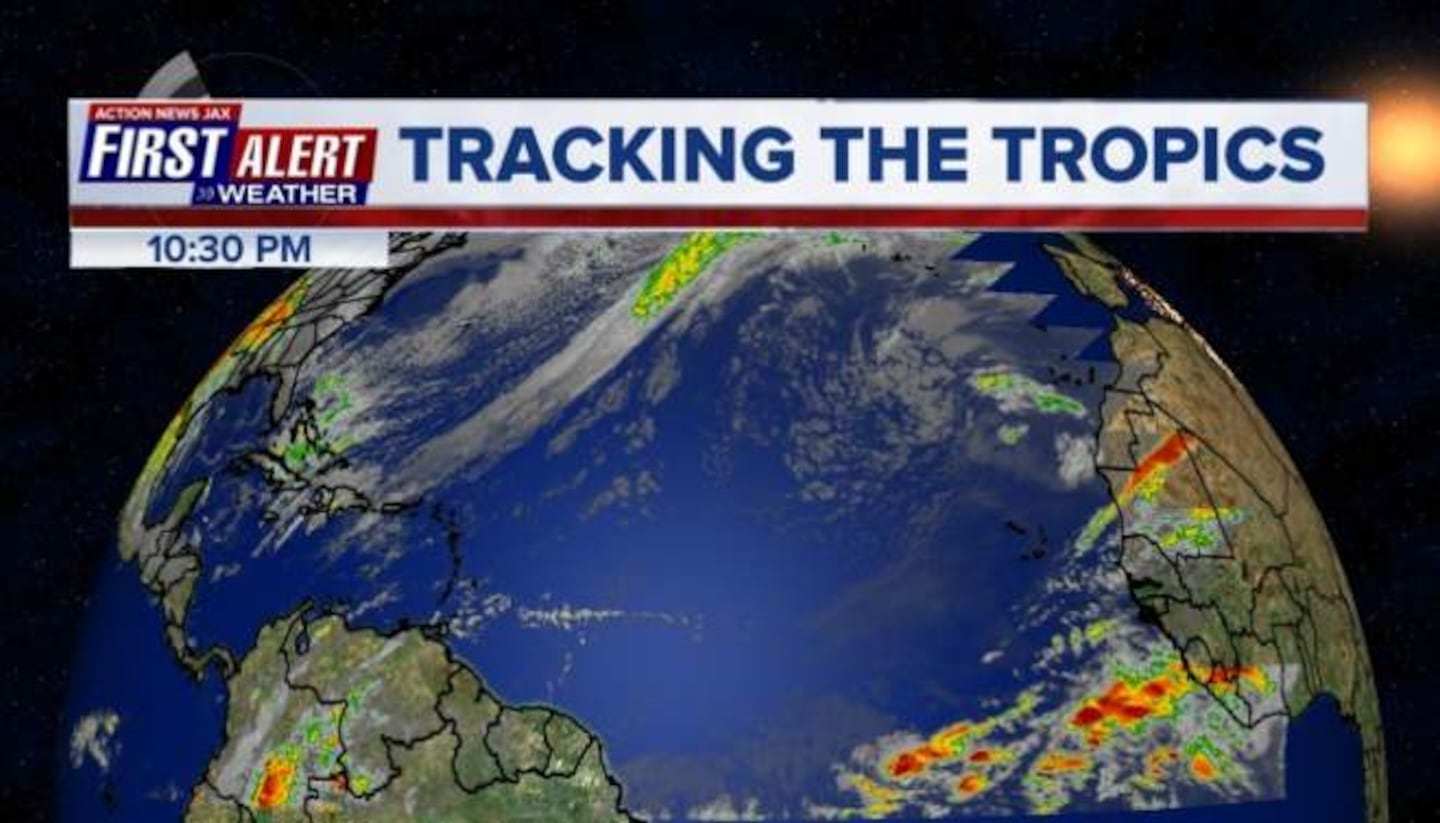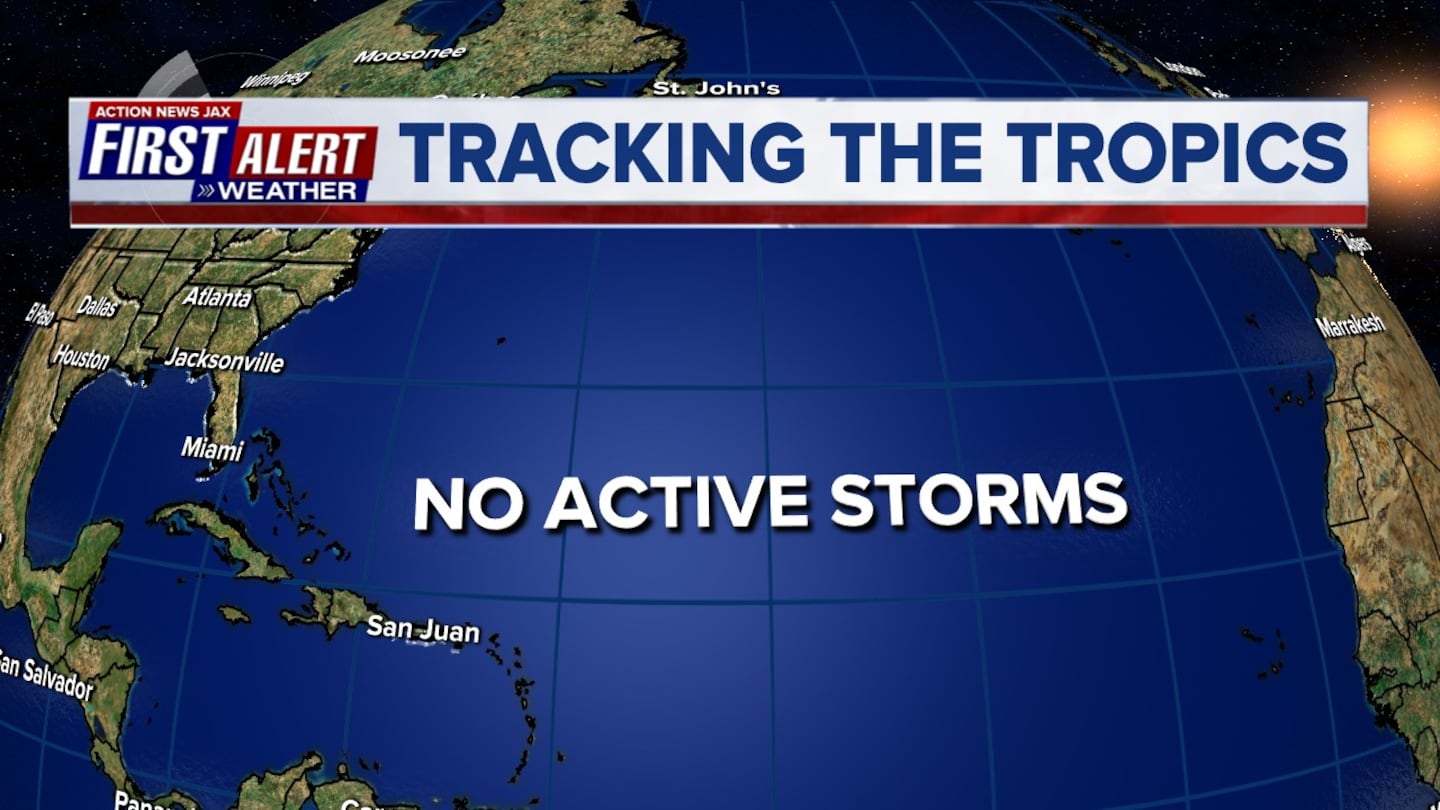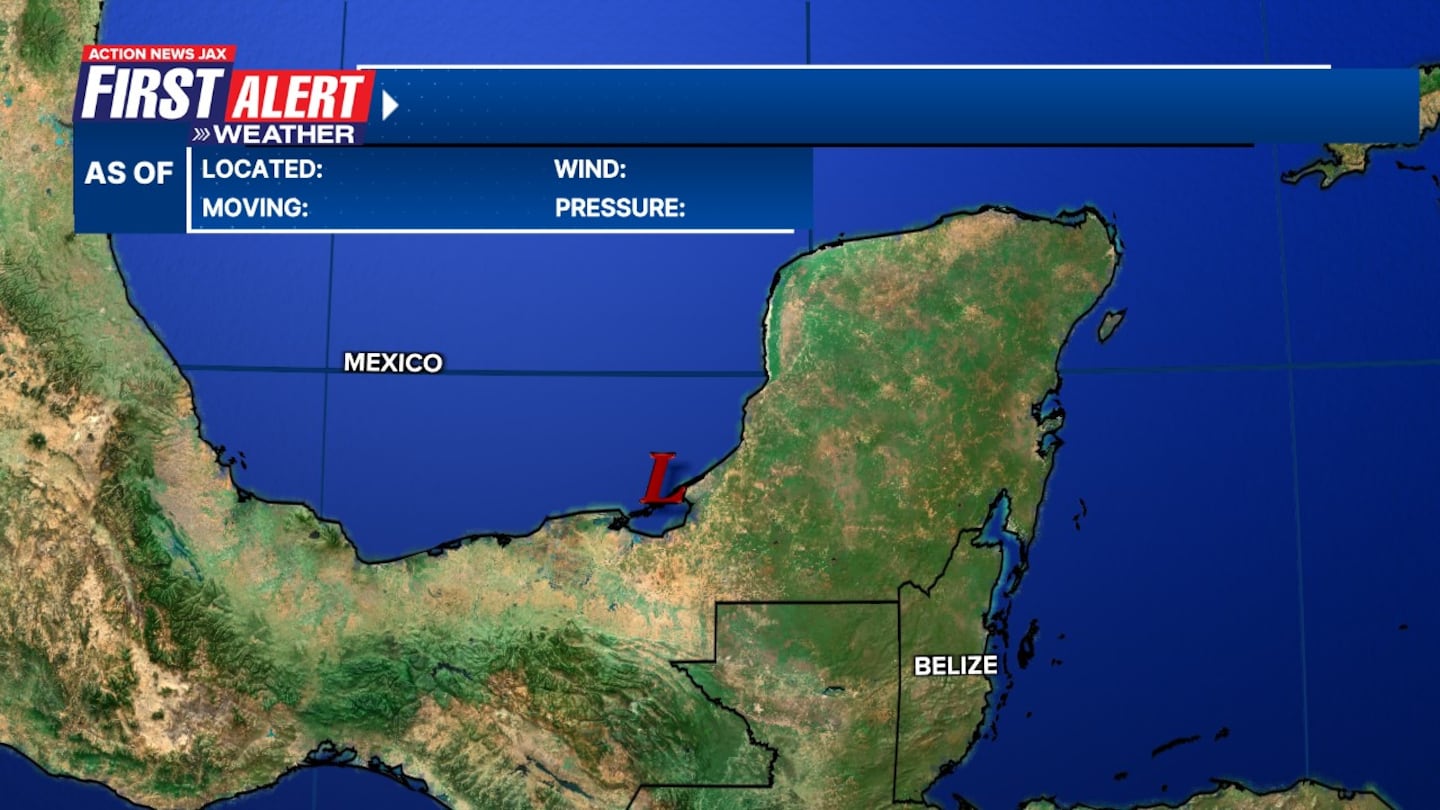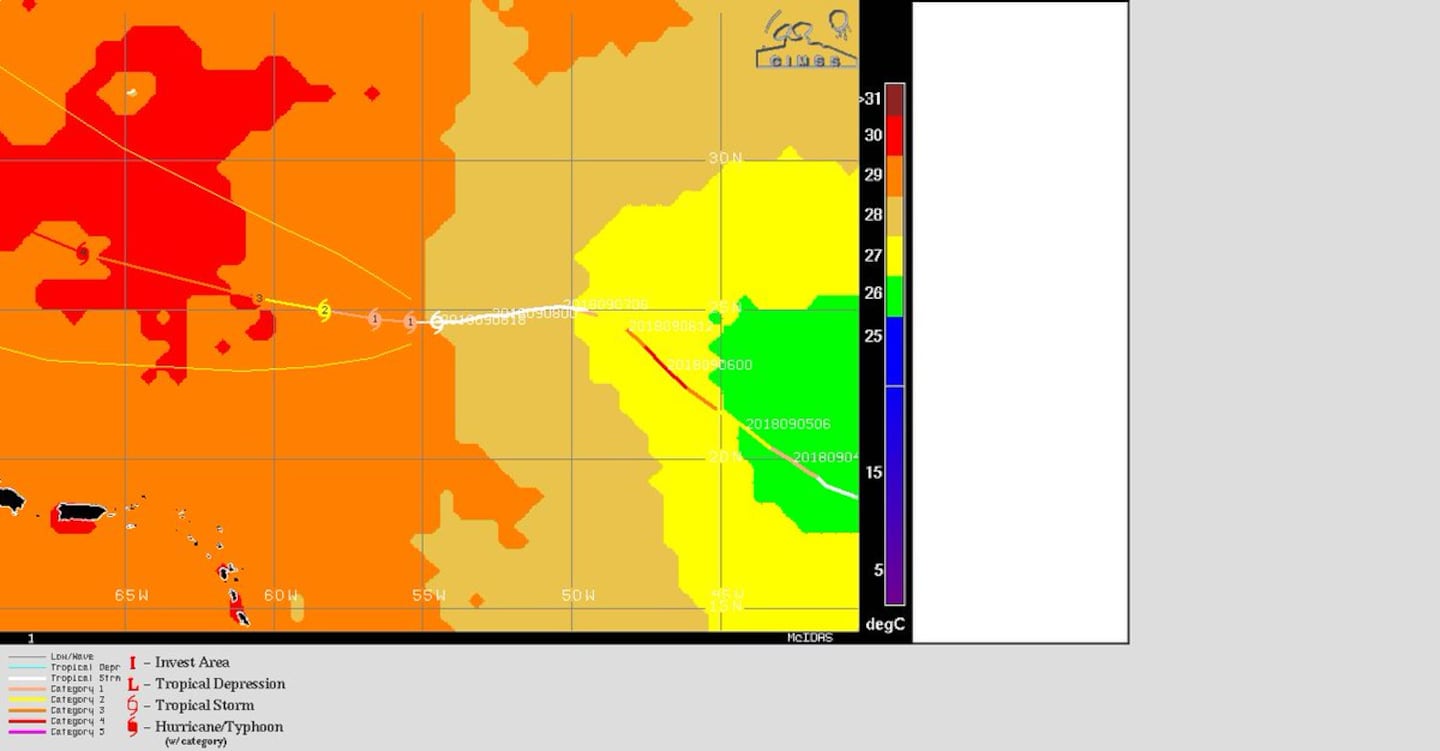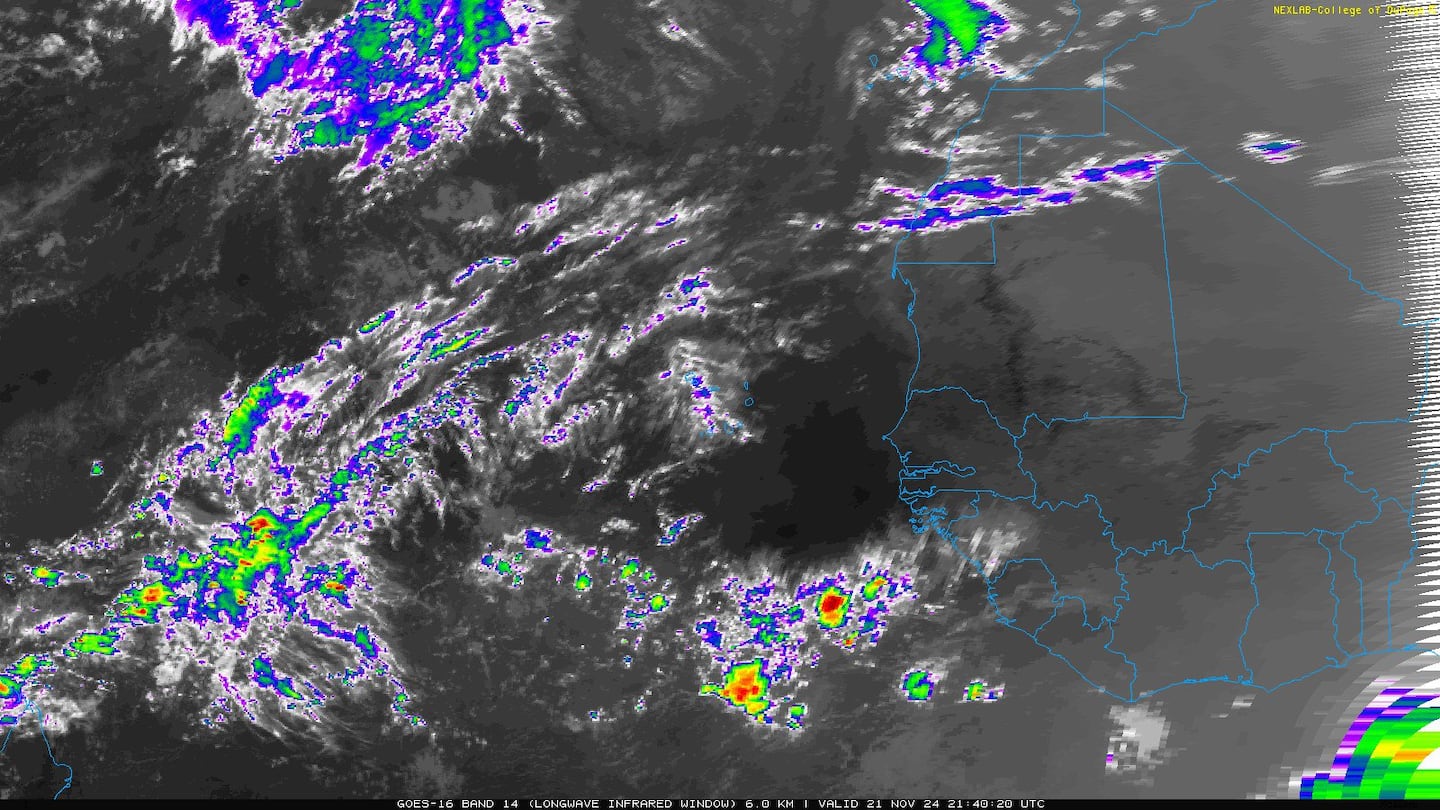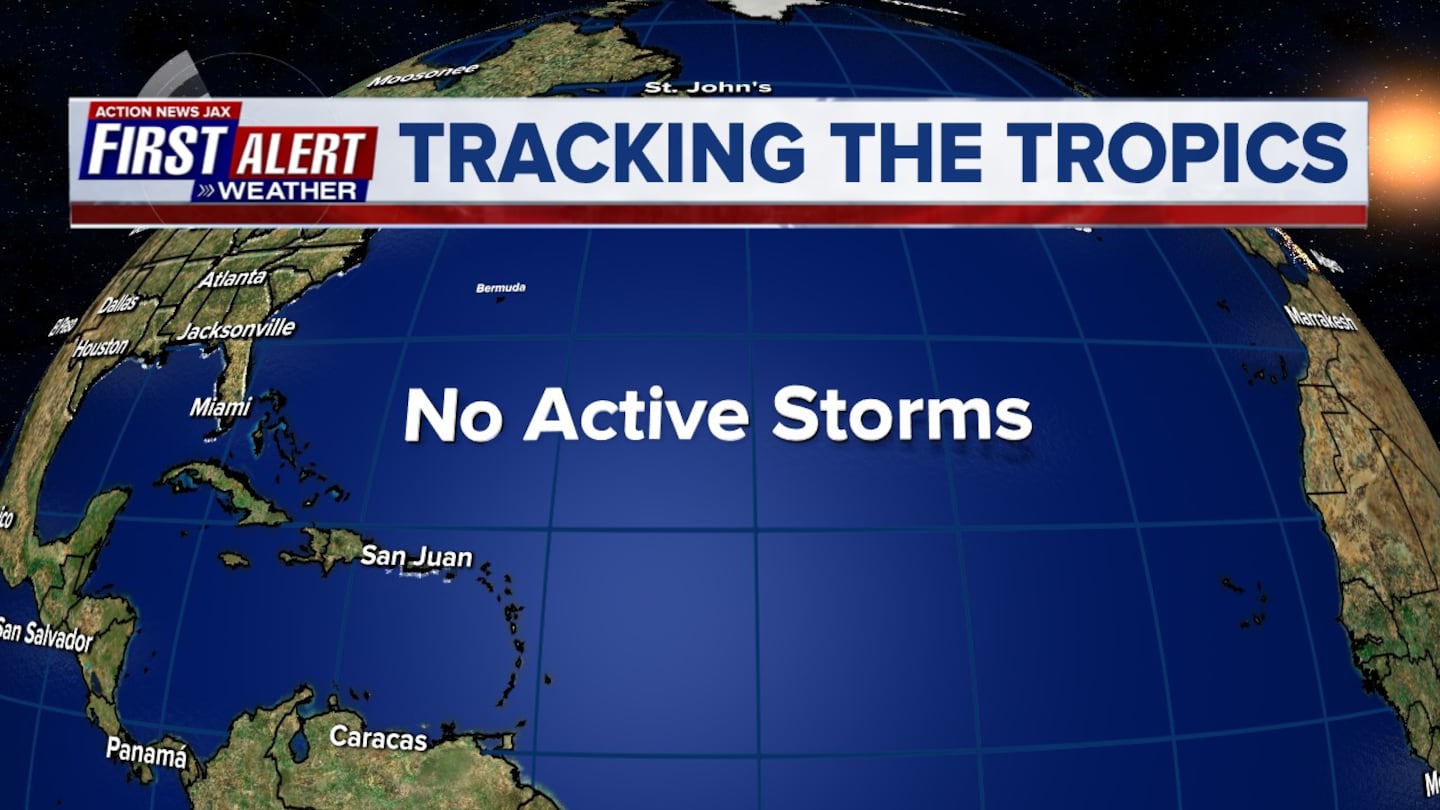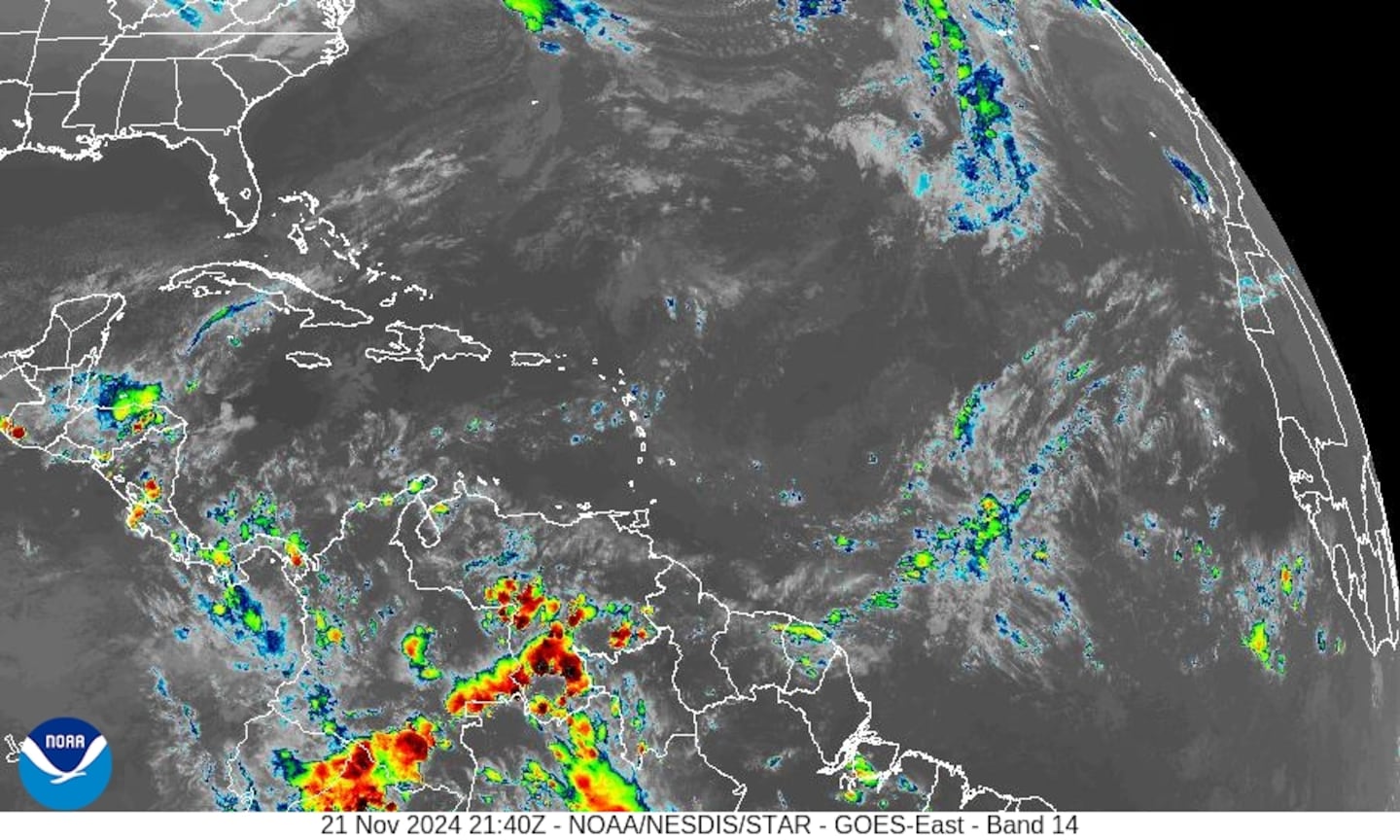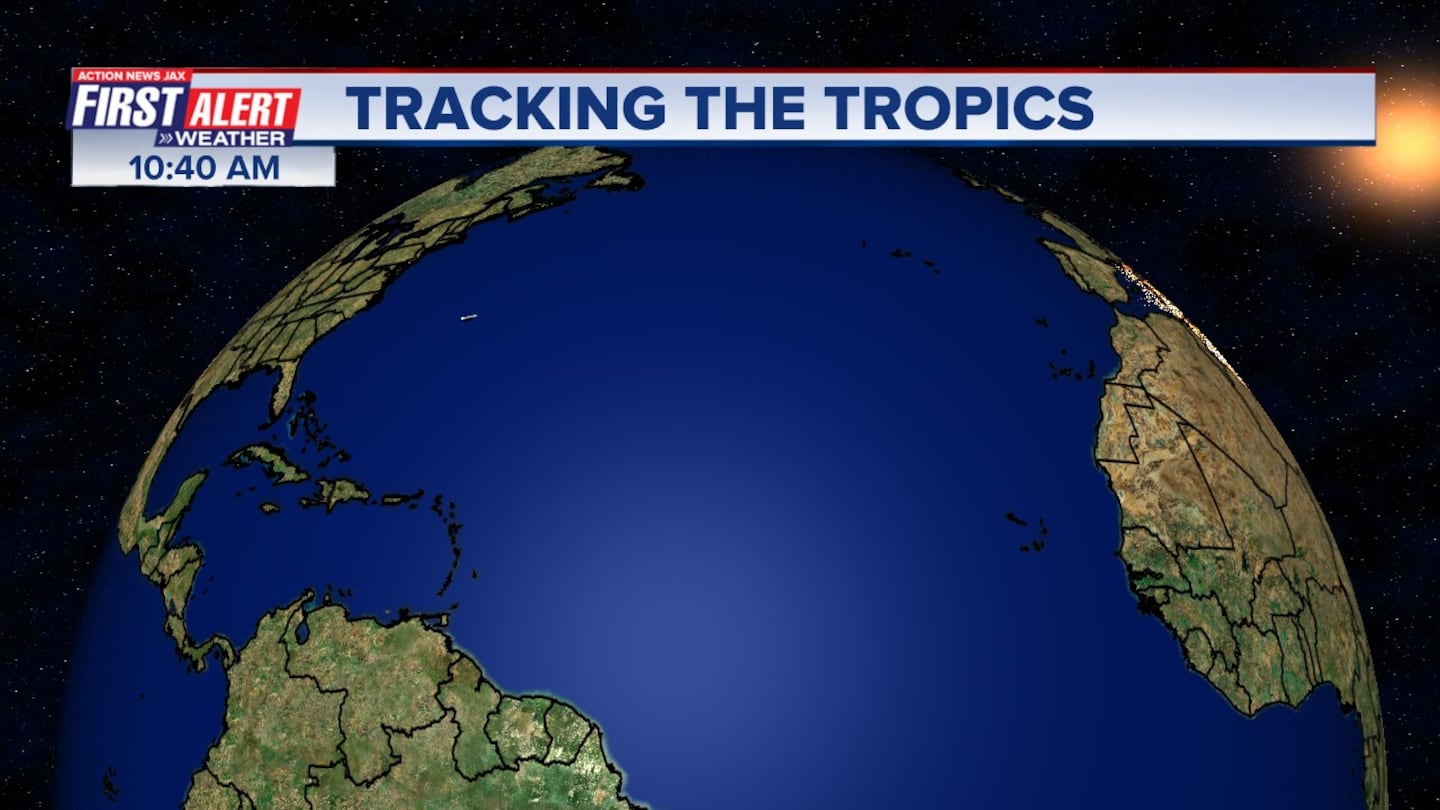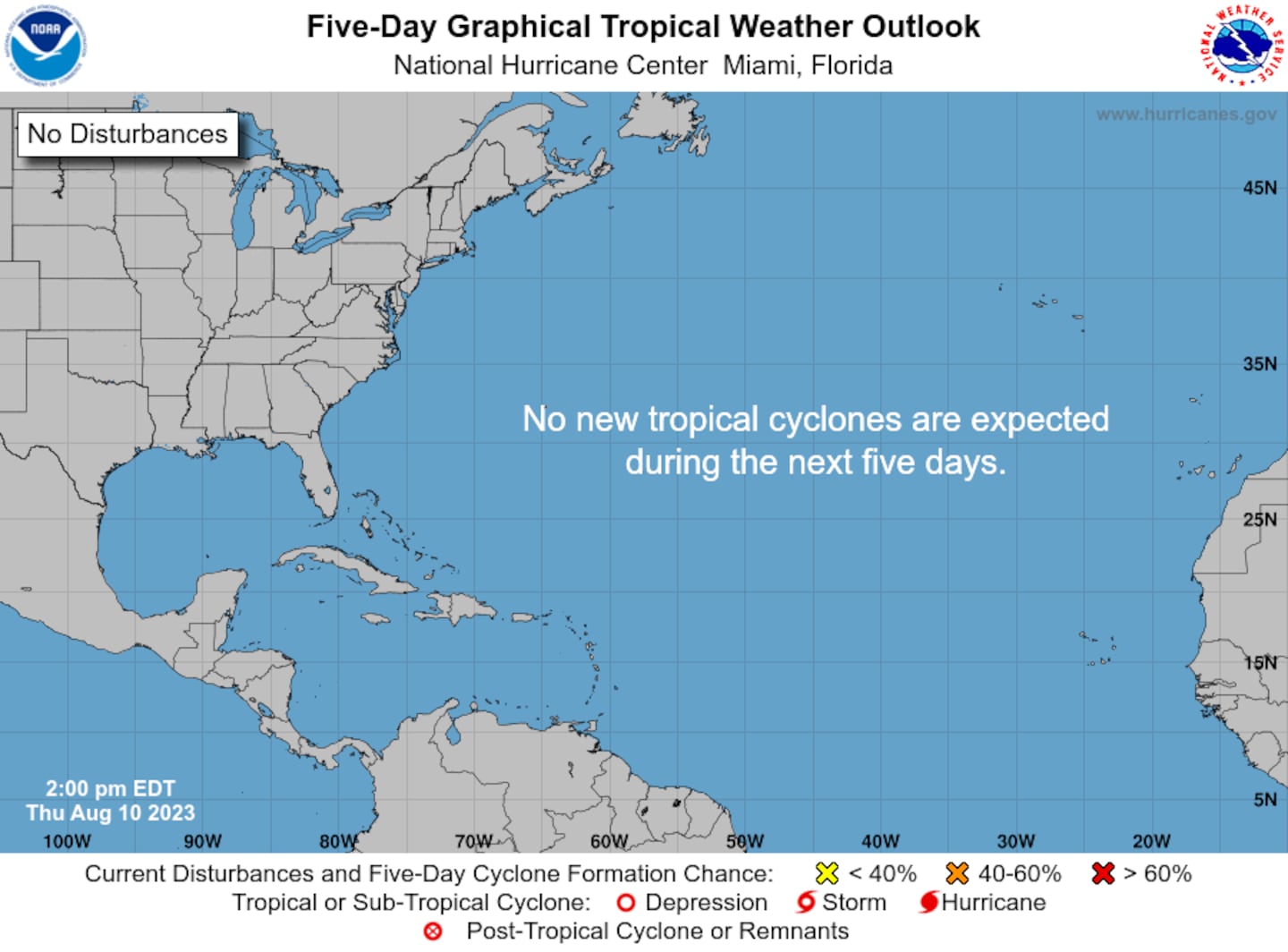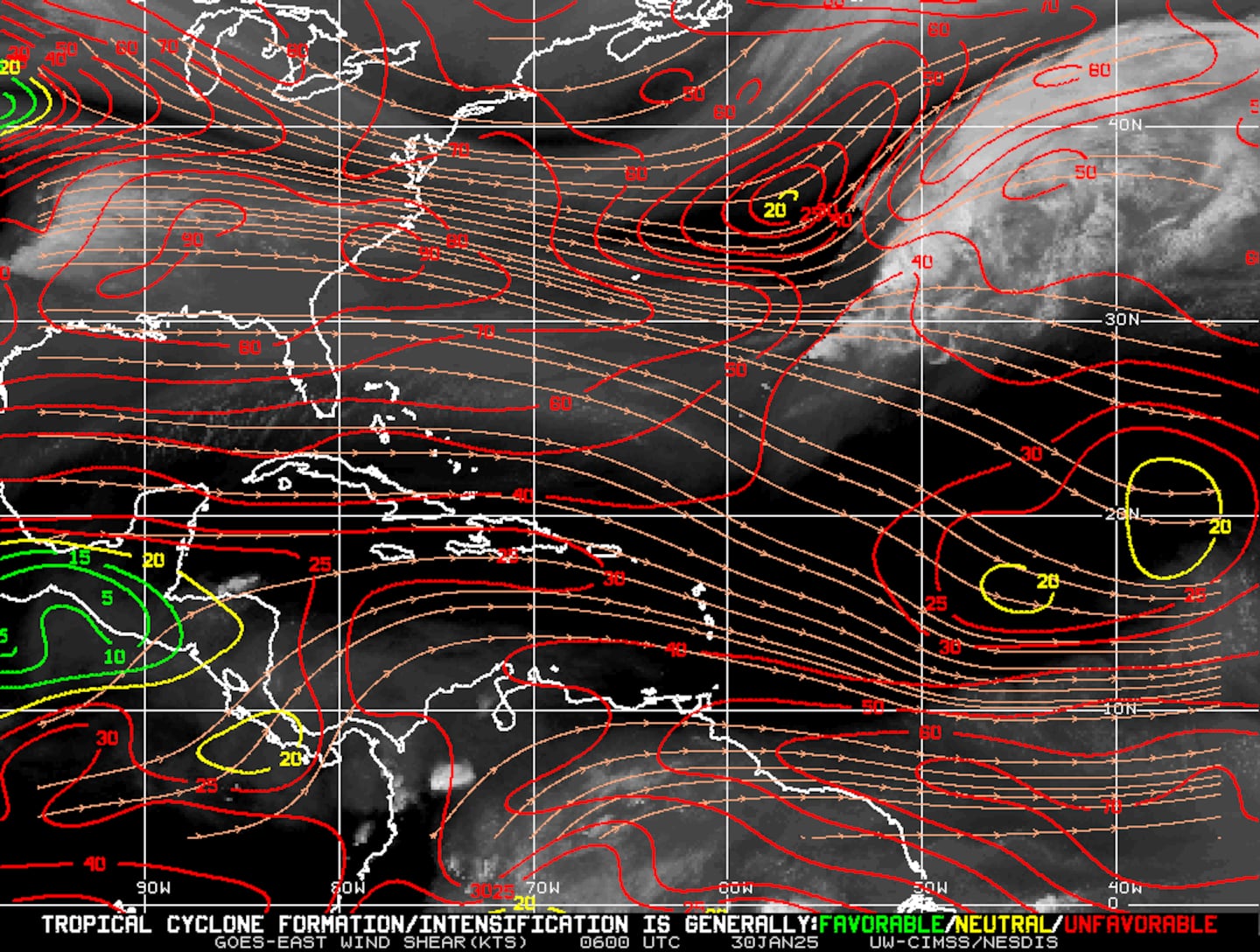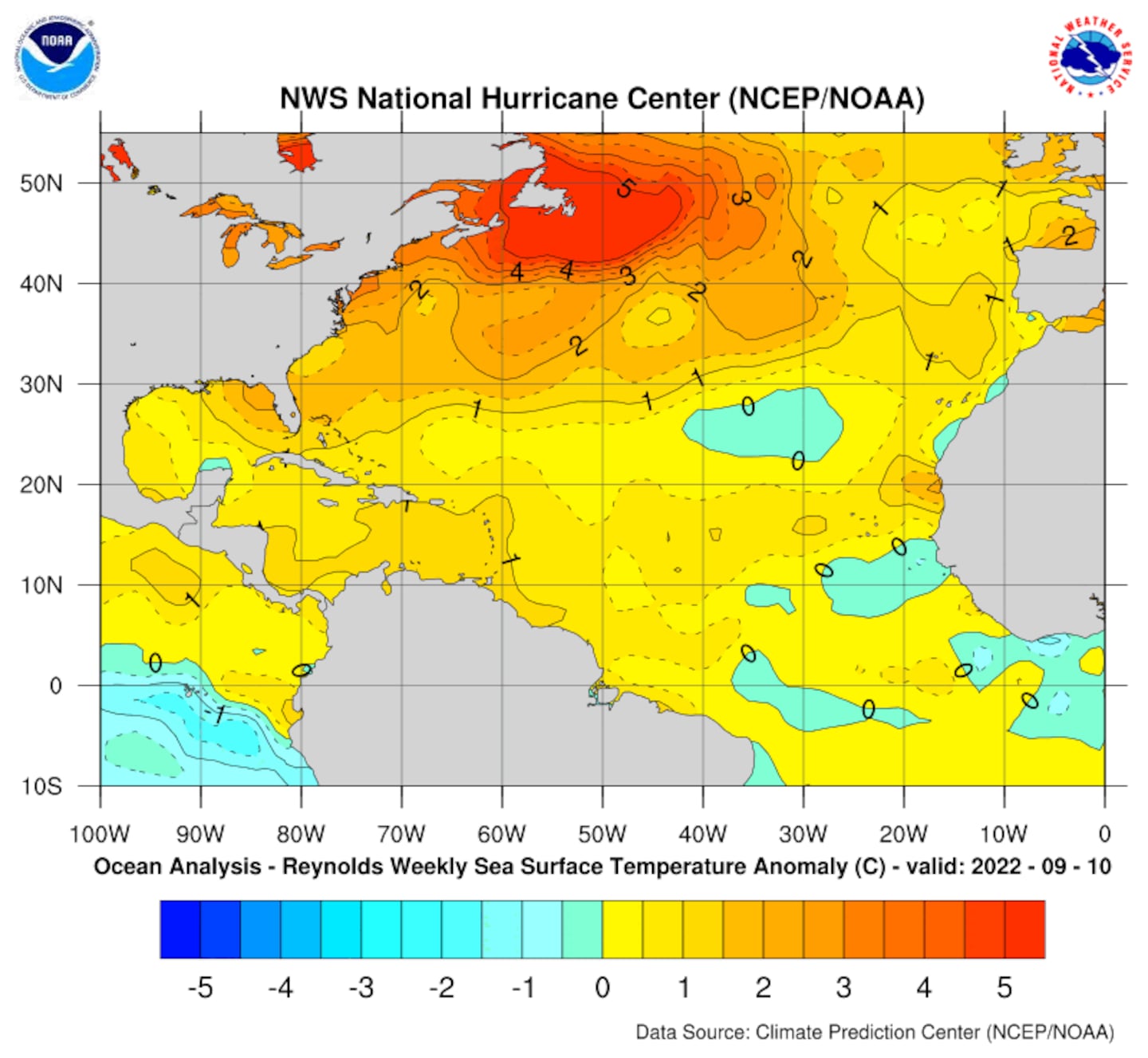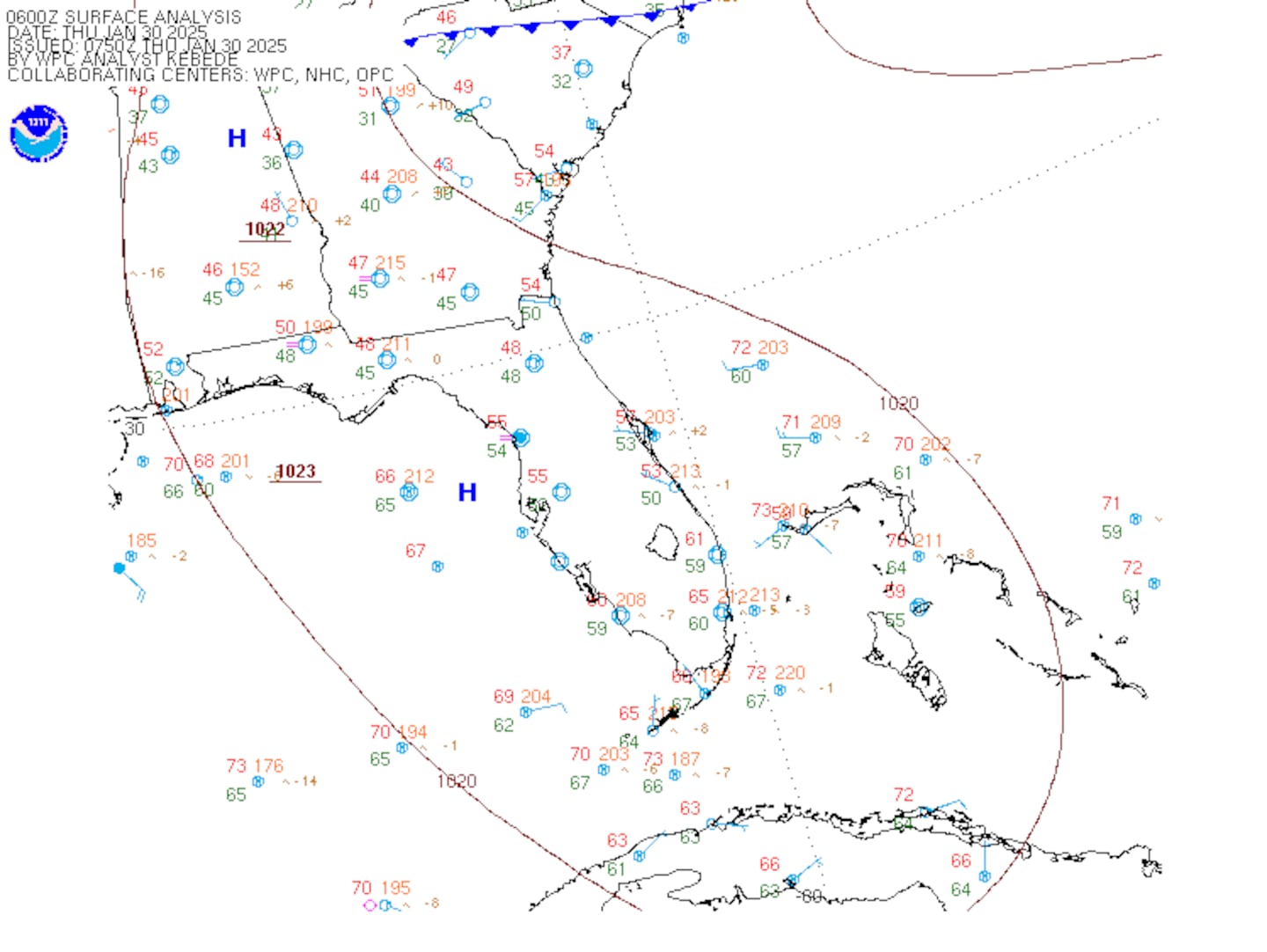Sept. 8, 2018 — The "Buresh Bottom Line": Always be prepared!.....First Alert Hurricane Survival Guide... City of Jacksonville Preparedness Guide... Georgia Hurricane Guide.
STAY INFORMED: Get the (free) First Alert Weather app
LOCAL IMPACTS: No direct impacts from the tropics through Tuesday though there will be an increasing easterly swell at our beaches from distant Florence which will include a heightened rip current risk...
Everyone up & down the east coast of the U.S. needs to stay up to date on the latest forecasts... & should consider spending the weekend working on storm preps......
If you have - or will purchase - a generator, make sure you understand the "in's & outs" - click here.
"Florence" which became the 3rd hurricane of the '18 Atlantic season Tue.... went "major" (Cat. 3 then briefly Cat. 4) Wed. ... fell apart in the face of shear & dry air Thu. continues over the Central Atlantic & is showing signs of making the expected comeback. The tropical cyclone is moving slowly west but will accelerate by Tue./Wed. as a mature, powerful hurricane.
It is becoming more clear that a hit or very near hit on the U.S. east coast is quite likely. While a full recurve - or a direct hit on the U.S. east coast - is not a sure thing, the likelihood continues to grow that will be major impacts. Don't make the mistake of getting too caught up in individual run output of any particular model.... OR in what unreliable sources might be posting. We've seen huge swings on virtually all the models with where Florence might be during the upcoming week.
Bottom line at this point: East Coast needs to stay alert & up to date & one should always be prepared for what mother nature might have in store.
It's become pretty obvious that the next upper level trough / surface cold front this weekend/early in the week will leave Florence behind.. Much will hinge on how strong - or how weak - high pressure will be across the N. Atlantic following the trough that will miss Florence. All indications are that the high pressure will build in strongly - much has been the case in recent weeks.
The GFS & European models have recently come into better agreement but there will continue to be potentially major swings. The critical point - the fork in the road - will be early this week when Florence is between Bermuda & the U.S. coast with either an opportunity for a tight recurve just east of the U.S. OR a continued move westward that would hit the U.S. I continue to favor a scenario that takes Florence north of Jacksonville at this time - perhaps near Myrtle Beach, BUT that's not to imply such a forecast is set in stone or that the forecast can't/won't change. The obvious & outstanding trend, after all, has been to shift west. STAY UP TO DATE! The UKMET model has generally been farther south & west than either the European or GFS models but has trended a little more north recently. However, all of the models are doing some flip-flopping & realize - as I've always said - they are just models. It does appear that steering currents may collapse at about the time Florence is nearing the coast which would add to flooding problems & beach erosion - especially north of the eye.
I'm not ready to fully bite on any specific scenarios. I will say that the tendency the latter part of this season has been for a pretty strong upper level ridge + surface high pressure from the upper U.S. east coast eastward into the N. Atlantic. If this pattern remains in place or even strengthens then Florence will not likely have the escape route to the north & will move farther west. No part of the U.S. east coast should rest easy at this point.
Now that the weekend is here, it's a good time to review hurricane plans, kits & do some work on & around the house before any severe weather moves in (cleaning storm drains, gutters, etc.). It looks like any direct impact on the U.S. will be at the middle to end of the week - from approximately Sept. 12-16th or so. However, easterly swells emanating west from the hurricane will start arriving at Jacksonville & other east coast beaches later this weekend into next week which will coincide with an increasing dangerous rip current risk.
Bottom line: Don't panic but always be prepared.....
On satellite imagery.... Florence is looking more organized. Once the core is re-established & the mid & low level centers align, I'm concerned that a rapid intensification cycle could result in the tropical cyclone backing up a little west/southwest before making its sustained west/northwest move next week.......(have seen this in the past w/ several intensifying systems - most recently Irma & Joaquin). Hurricane hunter & research aircraft confirmed an organizing Florence Sat. afternoon. Data from the research plane will go into the forecast model analysis tonight hopefully helping out with longer term forecast accuracy.
0
The map below is a mirror of the above spaghetti plots but shows an ensemble of all the model runs. DEFINITION OF ENSEMBLE MODELING: A set of forecasts that present the range of future weather possibilities. Multiple simulations are run, each with a slight variation of its initial conditions and with slightly perturbed weather models. These variations represent the inevitable uncertainty in the initial conditions and approximations in the models. They produce a range of possible weather conditions.
It's worth noting that there are model runs all the way to the U.S.... runs showing a stall... and there are model runs showing recurvature. BUT there has been a definite trend west the last several days. At the moment, the scales have tipped in favor of either a direct hit on the U.S. or close enough for serious impacts:
1
The Saharan dust (courtesy CIMMS) imagery shows just how dry the air is over the Central & Eastern Atlantic making Florence's rapid strengthening Wed. all the more remarkable. Some of that dry air has been ingested by Florence, & it'll take a while to "shake" that out. But overall, the atmosphere is more moist, the shear less & the ocean water very warm to the west of Florence. Note the two following tropical cyclones will be up against the dry air as the systems move west & northwestward.
Florence will be traversing some very warm water:
As a whole.... the well advertised Atlantic changes - regarding potential storm development, a mini hyper season of sorts - are underway & should continue into the middle of Sept. The uptick in activity coincides with a very persistent pattern of surface & upper level high pressure anchored over or near the N. Atlantic which implies lower pressures to the south (the ol' what goes up, must come down postulate). The upper level map below from the GFS model for Wed., Sept. 12th shows the upper level trough way too far north to pull Florence north, so the storm will move west or west/northwest underneath. The orientation, position & strength of high pressure ridges will help determine how far west Florence & other tropical systems might go. Combine this set-up with the approach of the peak of the season, less shear overall, warm ocean temps., lots of moisture & a MJO pulse, & you get an active period in the tropics/Atlantic Basin.
Wide view of the busy Atlantic Basin:
Tropical storm Helene & tropical storm Isaac are over the far Eastern Atlantic. Isaac will move farther west over the Atlantic as high pressure tries to assert itself across parts of the Central/Northern Atlantic & underneath Florence. Just how strong the Bermuda high is - or is not - will go a long ways in determining whether or not Isaac makes it into the Caribbean though such a track seems to be likely with the question being intensity. Shear looks to stay pretty strong over the Caribbean in the long run which may cause Isaac to weaken. Helene, on the other hand, looks like a full recurve over the Central/ E. Atlantic.
I'm also keeping an eye on the NW Caribbean &/or Gulf of Mexico for possible longer range tropical development.
Isaac & Helene over the E. Atlantic. Isaac is taking a much farther south track while moving just about due west. With the probably strong shear over the Caribbean, the question will then be in the long run: can enough of Isaac survive to move more northwest threatening the Gulf of Mexico vs. a more westward motion. Helene will take a pretty sharp turn to the north keeping the tropical cyclone over the open Atlantic....
Isaac:
Helene:
Mid & upper level wind shear (enemy of tropical cyclones) analysis (CIMMS). The red lines indicate strong shear......
The Atlantic Basin....
Caribbean:
Gulf of Mexico:
Water vapor imagery (dark blue indicates dry air) - notice the dry air right up against Florence:
Deep oceanic heat content continues to increase over the Caribbean & Gulf of Mexico as one would expect now that we're in August.....
Sea surface temp. anomalies show a general recent warming over a good portion of the Atlantic Basin including rather dramatic warming east of the Caribbean & near the NE coast of S. America ....
SE U.S. surface map:
Surface analysis centered on the tropical Atlantic:
Surface analysis of the Gulf:
Caribbean:
6
The E. Pacific remains a busy basin. Weakening Norman is turning north which will keep the tropical cyclone far enough north & northeast of Hawaii to only result in some sea & surf impacts on the north facing beaches... while Olivia moves westward & will be near or over Hawaii - likely weakening some - by the middle of next week.
7
Olivia:
Cox Media Group




